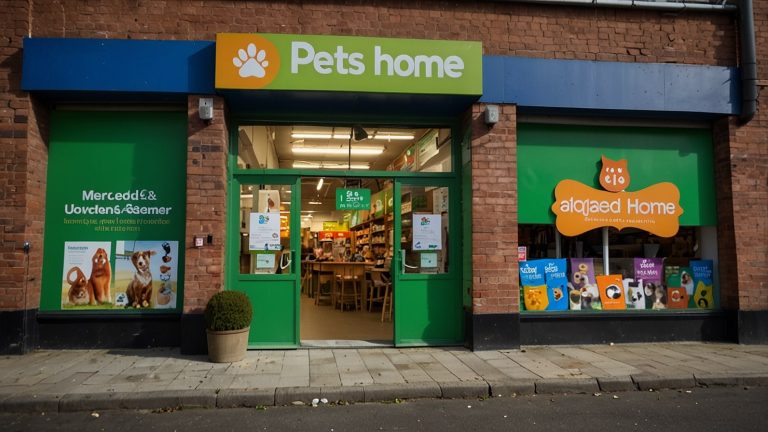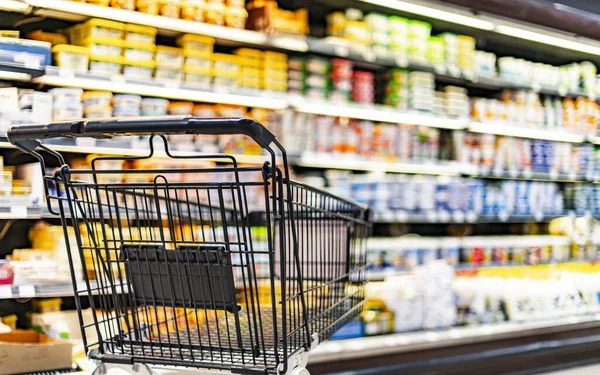Tellidex.com is quickly becoming one of the most talked-about names in online trading — and for good reason. While many long-established brokers still rely on outdated technology and limited crypto offerings, Tellidex brings a new, modern approach to multi-asset trading with a strong emphasis on cryptocurrencies and user experience.
This platform aims to bridge the gap between traditional markets and digital assets, offering traders the flexibility to operate in both worlds through one intuitive interface. In this detailed review, we explore what makes Tellidex stand out among a sea of competitors, especially for crypto-focused investors.
A Modern Approach to Crypto and CFD Trading
Tellidex positions itself as a next-generation multi-asset platform, providing access to Forex, indices, commodities, stocks trading, ETFs, and — most notably — a wide range of cryptocurrencies.Unlike older brokers that treat crypto as an afterthought, Tellidex integrates digital assets seamlessly into its trading environment.
Traders can speculate on major coins like Bitcoin, Ethereum, Litecoin, Ripple, and Solana, along with popular altcoins and crypto indices that offer diversified exposure.The platform operates 24/7 for crypto trading, allowing users to stay active around the clock — something many traditional CFD brokers still lack.
Why Tellidex Stands Out in the Crypto Market
1. True Multi-Asset Integration
Tellidex allows traders to combine traditional CFD markets (Forex, indices, commodities, stocks) with digital currencies under a single account. This integrated approach saves time and simplifies portfolio management.
2. Advanced Yet Simple Interface
Older brokers often overwhelm users with complex layouts or outdated software. Tellidex’s platform is sleek, modern, and responsive — optimized for both desktop and mobile.Charts are powered by fast-loading, customizable tools featuring technical indicators like RSI, MACD, Fibonacci retracements, and trendlines. The minimalist interface ensures that both beginners and professionals can navigate with ease.
3. Full Crypto Availability
While many competitors limit trading hours or asset lists, Tellidex offers 24/7 crypto markets with tight spreads and real-time pricing. You can go long or short on your favorite coins, hedge against volatility, or diversify across digital assets without needing multiple exchanges.
4. Speed and Stability
One of the biggest frustrations with legacy brokers is platform lag or delayed order execution — especially in volatile crypto markets. Tellidex has focused heavily on infrastructure performance.Orders execute in milliseconds, spreads remain tight even during busy sessions, and liquidity is sourced dynamically to minimize slippage.
5. Modern Security Standards
Tellidex employs two-factor authentication (2FA), full encryption, and segregated client accounts. Additional withdrawal verification helps protect against unauthorized access.These standards put it on par with or ahead of many older trading platforms that have been slower to modernize their security frameworks.
Trading Experience
Tellidex’s user experience is designed to be fast, fluid, and intuitive.The dashboard allows quick switching between crypto, Forex, and CFD markets, while real-time analytics provide insight into open positions, margin levels, and performance metrics.
Order placement is simplified with one-click trading, adjustable leverage (depending on jurisdiction), and advanced order types such as limit, stop, and OCO.The platform’s built-in watchlists and alerts make it easy to track specific coins or instruments, ensuring traders never miss an opportunity.
Deposit and Withdrawal Experience
Funding and withdrawals at Tellidex are straightforward, with multiple options including:
- Bank transfer (SWIFT/SEPA)
- Credit/debit cards
- Popular e-wallets
- Direct crypto deposits and withdrawals
Deposits are typically processed instantly or within a few hours, while withdrawals usually take 1–3 business days depending on the payment method. No hidden fees are reported, although banks or blockchain networks may apply their own transaction charges.
Education and Market Insights
While Tellidex focuses primarily on trading execution, it also offers educational content and basic market analysis to help traders understand both traditional and digital markets.You’ll find short explainers on crypto fundamentals, technical analysis guides, and risk management tips.
Though not as extensive as veteran brokers’ research libraries, the material is concise, practical, and designed for real-world use — fitting the platform’s modern, fast-paced identity.
Comparing Tellidex to Older Brokers
Here’s where Tellidex shines:
- 24/7 crypto access instead of limited hours.
- Faster execution speeds optimized for modern trading conditions.
- Cleaner, more flexible UI across web and mobile.
- Simplified onboarding and real-time KYC verification.
- Transparent pricing with no confusing commissions or inactivity fees.
In essence, Tellidex merges the best of both worlds — the structure of a CFD broker with the freedom and agility of a crypto exchange.
Customer Support and Accessibility
Tellidex offers 24/7 live chat, email, and help desk support. Response times are generally quick, with most users receiving assistance within minutes via chat.The platform is available in multiple languages, reflecting its growing international user base.
The Help Center provides clear answers to common questions about deposits, withdrawals, platform use, and security features.
Final Verdict
Tellidex.com is more than just another CFD broker trying to add crypto — it’s a platform built with the digital trading era in mind. It combines a clean interface, competitive spreads, advanced crypto coverage, and strong performance in one cohesive experience.
For traders who are tired of outdated systems, limited crypto lists, or slow execution, Tellidex offers a refreshing alternative that feels purpose-built for 2025 and beyond.
Overall Score: 8.9 / 10
Strengths: User experience, crypto coverage, execution speed, and innovation.Weaknesses: Limited advanced analytics; research tools could expand further.
Bottom Line:Tellidex shines where older brokers lag — delivering modern performance, smooth crypto integration, and a trading experience designed for today’s global, always-on markets.














 Bitcoin
Bitcoin  Ethereum
Ethereum  Tether
Tether  XRP
XRP  USDC
USDC  TRON
TRON  Lido Staked Ether
Lido Staked Ether  Cardano
Cardano  Avalanche
Avalanche  Toncoin
Toncoin  Solana
Solana